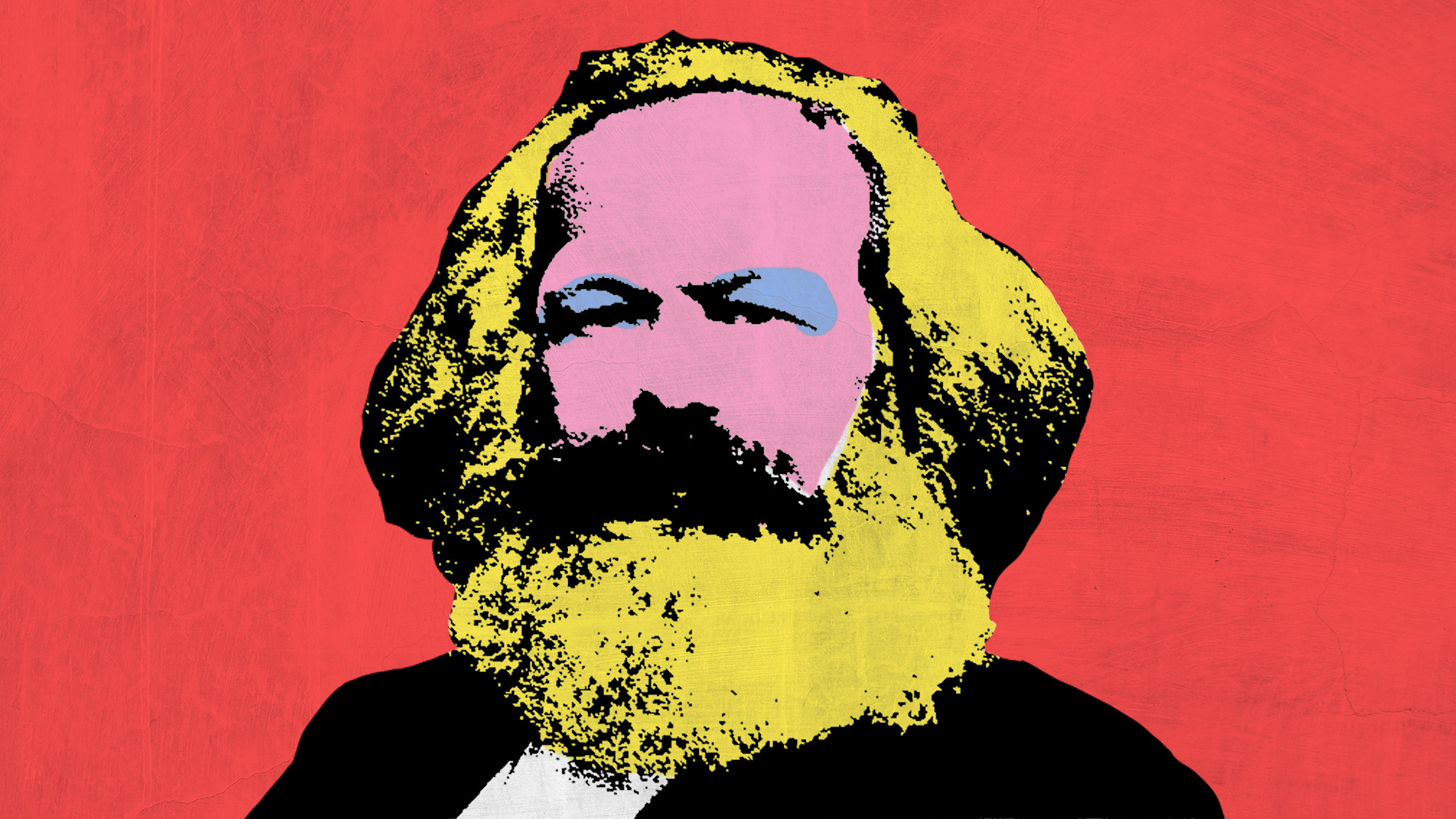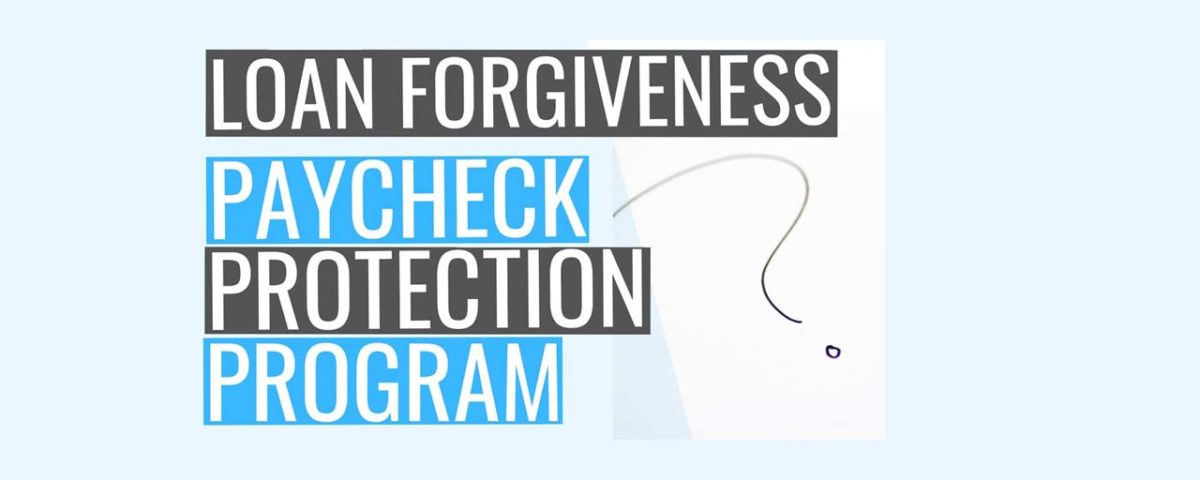
Pam Cannell – COVID-19 Illustrates the Need for Strong Nonprofit Leadership
June 13, 2020
Nonprofits vs Socialism – Maxie Carpenter
June 19, 2020Revised PPP Nonprofit Loan Forgiveness Application – June 18, 2020

New Application PPP Nonprofit Loan Forgiveness overviews everything you need to know about the revised PPP Loan Forgiveness Application Form PLUS the newly issued Form 3508EZ.
REVISED PPP LOAN FORGIVENESS APPLICATION FORM – JUNE 16 – DOWNLOAD HERE
PPP LOAN FORGIVENESS APPLICATION FORM 3508EZ – JUNE 16 – DOWNLOAD HERE
On June 5th, President Trump signed the Paycheck Protection Program Flexibility Act of 2020, which made significant changes to the PPP program. The Bill he signed was the exact law passed as H.R. 7010 by the House of Representatives.
Since then, the Treasury Department issued regulations on June 11th, which included four important pronouncements, as discussed below.
1. The 60% Rule Is Not a Cliff. The Treasury Department does not consider the 60% requirement, which replaced the 75% requirement as to amounts spent on “payroll costs” to be a “cliff.” If a PPP borrower cannot spend 60% or more of the loan proceeds during the 8- or 24-week testing period on payroll, state and local payroll taxes, group health insurance and retirement plan contributions, then there will nevertheless be PPP loan forgiveness based upon whatever is spent on the above “payroll costs,” plus up to 66% of the amount spent on the above items, to the extent of permissible rent, interest and utility expenses. Here’s why:
A. It would be “incongruous” to interpret the Flexibility Act’s 60% requirement as a threshold for receiving any loan forgiveness, because in some cases it would directly conflict with the flexibility provided by the new safe harbor.
B. The 60% requirement was enacted against the backdrop of the SBA’s existing rules governing the PPP, which Congress was aware of, and which provided for proportional reduction, and not a cliff, for borrowers that used less than 75% of their loan amount for “payroll costs.”
C. The non-cliff interpretation is the most consistent with Congress’s purpose, which was “to increase the flexibility provided to borrowers for PPP loan forgiveness.”
An example from the June 11th regulation that illustrates how this rule works is as follows:
For example, if a borrower receives a $100,000 PPP loan, and during the covered period the borrower spends $54,000 (or 54 percent) of its loan on payroll costs, then because the borrower used less than 60 percent of its loan on payroll costs, the maximum amount of loan forgiveness the borrower may receive is $90,000 (with $54,000 in payroll costs constituting 60 percent of the forgiveness amount and $36,000 in nonpayroll costs constituting 40 percent of the forgiveness amount).
New Application PPP Nonprofit Loan Forgiveness
2. 24 Months Will Seem Like a Long Ride in the Haunted Mansion – Post June 5 Borrowers Can Only Use the 24-Week Test. Post-June 5 PPP borrowers will only be able to use the 24-week testing period, while borrowers who received their loans before June 5th can elect to use either an 8-week expenditure period or a 24-week expenditure period. Post-June 5th borrowers are required to use the 24-week period, for no apparent reason. This was confirmed by the revised Borrower Application released on June 12th which now says, “The Applicant will provide to the Lender documentation verifying the number of full-time equivalent employees on the Applicant’s payroll as well as the dollar amounts of payroll costs, covered mortgage interest payments, covered rent payments, and covered utilities for the 24-week period following this loan.”
The 24-week period is advantageous, if the borrower would not be able to spend sufficient amounts and satisfy the 60% test within an 8-week period.
The 8-week test is much more advantageous for borrowers who are able to spend the appropriate amounts during the 8-weeks, and then apply for forgiveness and have the loan over and done with, and off of their balance sheets, in order to be able to borrow conventionally going forward.
The 8-week testing period is also better for borrowers who have had significant reductions in their workforce, and are required to reduce forgiveness pro-rata to the reduction in total working hours, as compared to pre-virus working hours for the business. It is easier to keep the doors open and the staffing up for 8 weeks as opposed to 24 weeks, although the June 5th legislation, regulations and Frequently Asked Questions (“FAQ’s”) have several exceptions for situations beyond the control of borrowers.
It is nevertheless very surprising that pre-June 5th, and post-June 5th, borrowers will be treated so differently, and perhaps in error.
3. New 5 Year Maturity Date Only Applies to Post June 5th Loans. Loans made before June 5, 2020 have a 2-year maturity, and loans made on or after June 5th have a 5-year maturity.
Post-June 5th borrowers will not have to repay their loans until five years after the loan date, as long as they file their Applications for Forgiveness within ten months after the end of the 24-week testing period that they are required to use.
Pre-June 5th borrowers will still have a due date that is two years after the loan date, but banks and borrowers can agree to extend these loans to five years. Many borrowers will now feel that their bank has an upper hand, and that they better do what the bank asks them to do, if they want to get the loan extended when the time comes.
Banks will have somewhat of a conflict of interest because conventional loans that they have made to borrowers will be impacted by when the PPP loans will become due.
We know of no rationale to treat pre-June 5th borrowers differently than post-June 5th borrowers with respect to the above rules, other than to please the banks that would have to rerun their paperwork and monitor loans over a longer period of time than they want to. I am certainly not trying to imply the SBA is a Mickey Mouse organization! Time will tell whether the many complaints that are sure to be lodged with members of Congress will cause the SBA to try to even the playing field on this.
4. When is a Loan Made for Purposes of This Rule? For these purposes, a loan is considered to be made when the SBA assigns a loan number to the PPP loan, notwithstanding that the loan monies may not be received until several days later. This will cause some confusion, since the expenditure rules provide that a loan is to have been received when funded with the first dollars deposited into the bank account of the borrower. As a result of this, many borrowers who received their funds on or before June 5th will still be stuck with a 24-week testing period, and a very long wait for confirmation of forgiveness.
5. Practical Deadline for Forgiveness Applications. The new regulations indicate that those borrowers who do not submit an Application for Forgiveness within ten months after the end of the 8- or 24-week period must begin paying principal and interest after that date, with no specificity as to how much principal and how much interest would need to be paid before the 2- or 5-year balloon payment of all remaining interest, at 1% per annum, and principal would be due and payable.
For more articles like New Application PPP Nonprofit Loan Forgiveness VISIT HERE
New Application PPP Nonprofit Loan Forgiveness and other INSIDE CHARITY content and comments are for informational purposes only, you should not construe any such information or other material as legal, tax, investment, financial, or other advice. All content on this site is information of a general nature and does not address the circumstances of any particular individual or entity. Nothing on this site constitutes professional and/or financial advice, nor does any information on the site constitute a comprehensive or complete statement of the matters discussed or the law relating thereto.

4 Comments
Is there a PPP loan forgiveness form to fill out yet?
Question from one of our subscribers:
“Hello,
I am from American Legion Post 155, and we are a non-profit organization employer who has been granted a PPP loan by the SBA. Are we able to offer an incentive to our employees for their willingness to return to work while they are on unemployment? If you could please get back to me and let me know, I would greatly appreciate it. Thank you so much for all your help, and I hope that you have a great day.”
Can you explain when the 3508EZ would be used? Guidelines, loan amount, etc. thanks.
Wondering if anyone else might have a similar issue. When we applied for the loan we were unsure if some of our contracts would continue and applied for our full payroll, which includes employees that were part of reimbursable contracts. As it turned out we were able to keep all employees on the payroll during the uncertain period. As a result of keeping all employees paid during the period, everyone was able to continue working and we were able to bill the contracts for the reimbursable employee costs. My question is, how do I treat those reimbursed costs when applying for forgiveness? I have been unable to find any guidance on this particular situation. Anyone have any input or suggestions?